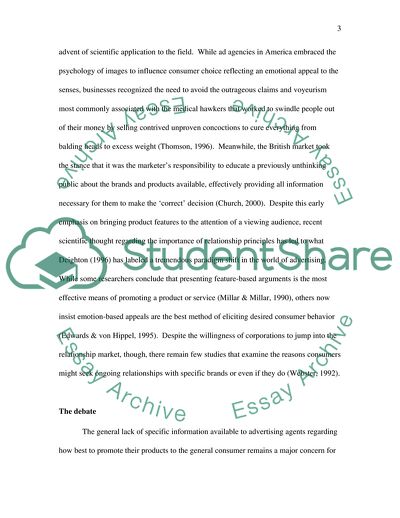Cite this document
(Effective Strategies for Marketing Communication Essay, n.d.)
Effective Strategies for Marketing Communication Essay. https://studentshare.org/marketing/1705979-marketing-communication
Effective Strategies for Marketing Communication Essay. https://studentshare.org/marketing/1705979-marketing-communication
(Effective Strategies for Marketing Communication Essay)
Effective Strategies for Marketing Communication Essay. https://studentshare.org/marketing/1705979-marketing-communication.
Effective Strategies for Marketing Communication Essay. https://studentshare.org/marketing/1705979-marketing-communication.
“Effective Strategies for Marketing Communication Essay”. https://studentshare.org/marketing/1705979-marketing-communication.


